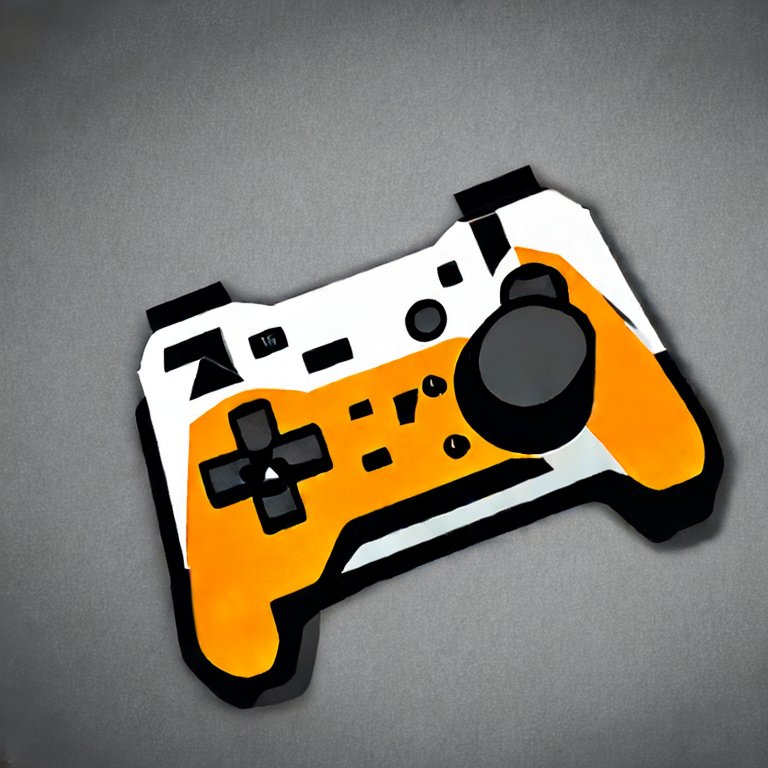

We won’t know for sure what’s actually going on under the hood until the console is cracked wide open or there’s a devkit leak, but my speculative guess is that some details of the GPU are ‘emulated’/recompiled. PC AAA games tend to include lengthy shader pre-compilation wait times, console games don’t have that wait time because the shaders are pre-compiled by the developers when building the game, specifically for one piece of hardware. The games themselves then fully rely on those pre-compiled shaders. They’re going to need shaders that work with the Switch 2’s GPU, which is going to involve some kind of imperfect translation process.
AMD was able to design better hardware that works with older compiled shaders, as done in the PS5/Xbox Series (and Pro consoles). That’s not a super common feature, but I imagine that AMD is more motivated to keep Microsoft/Sony happy than Nvidia is to keep Nintendo happy. AMD’s graphics division might as well shut their doors if it wasn’t for the consoles, meanwhile Nvidia is raking in trillions from the AI boom and would rather forget about gaming.






That’s about right. That said, we also don’t know how long regular Switch/Switch 2 carts are going to last. The MaskROM used in the N64/DS and earlier eras is significantly more reliable when stored for a long time than the modern NAND Flash memory as used in the 3DS/Switch+. I suspect key carts won’t have any NAND Flash inside (they don’t need gigabytes of capacity just to store a game name + icon) and might physically last longer.
Of course, key carts are all going to drop to zero value practically overnight when Nintendo eventually pulls the plug, while real carts will die one by one.